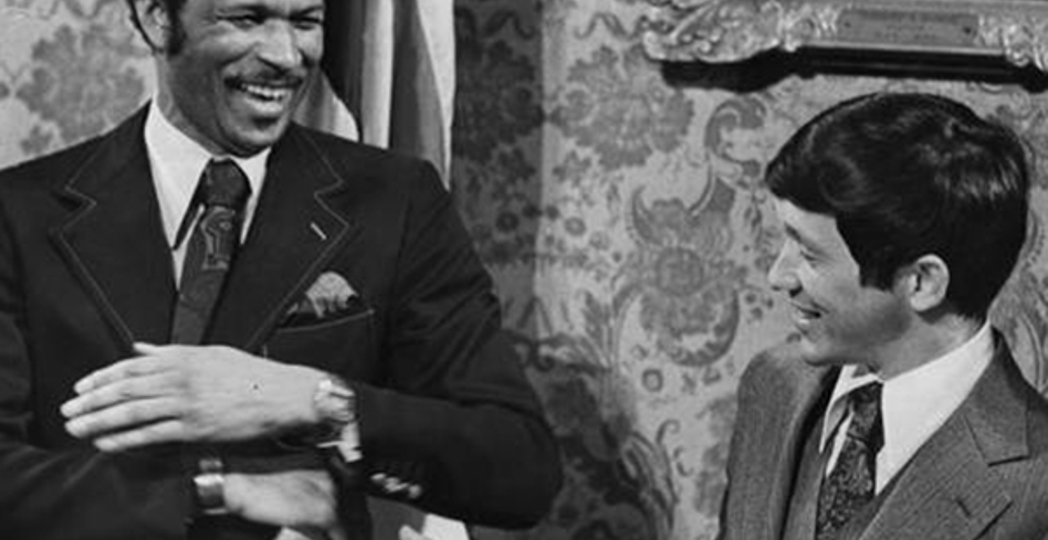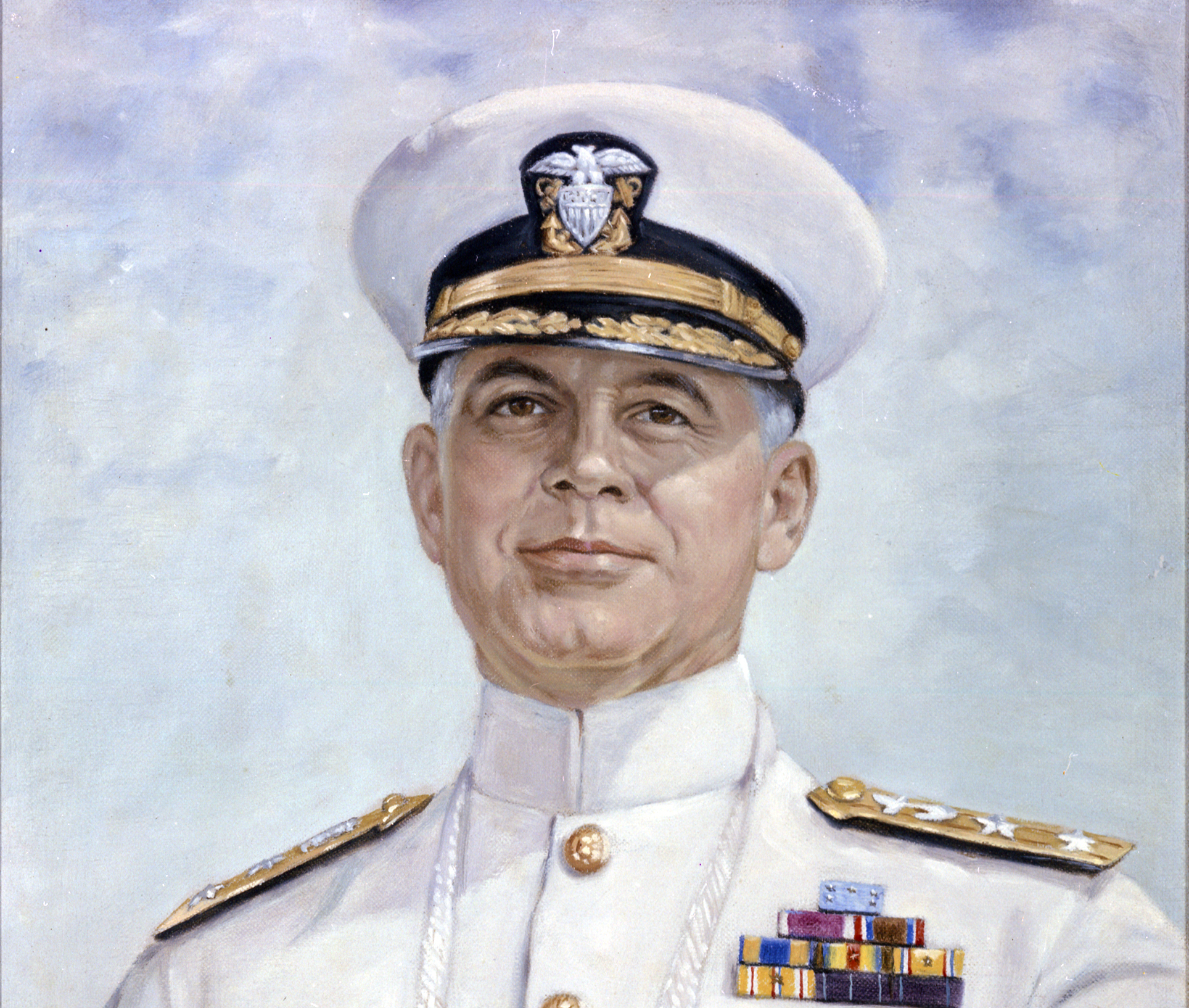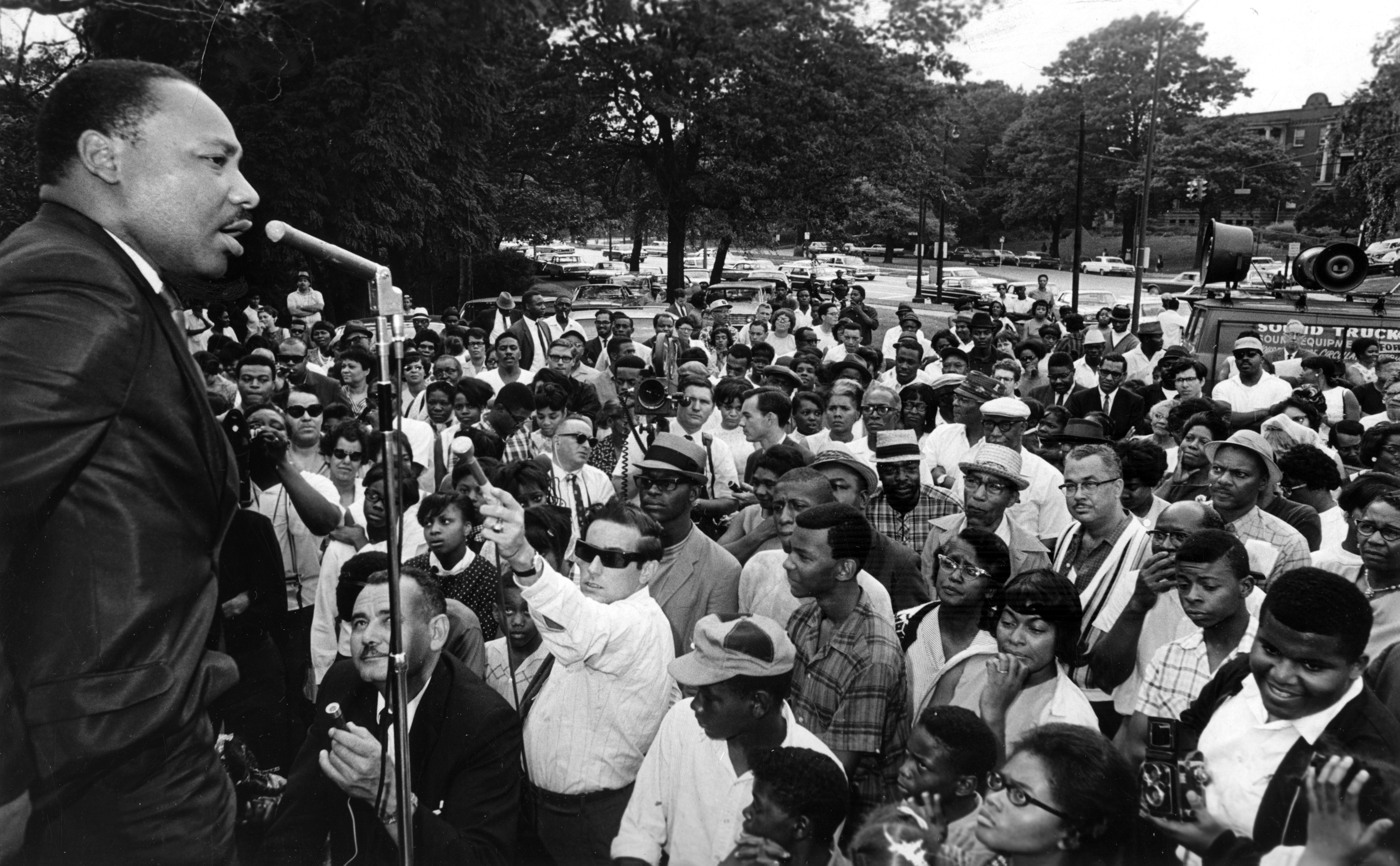The Cleveland 50: George Forbes Elected
by Erick Trickey | Mar. 29, 2022 | 12:00 PM

Cleveland Memory Project
George Forbes is much more than the chairs he threw. Journalists of a certain age still love to tell stories of Forbes’ ferocious anger: chairs heaved at political rivals Mike White and Jeff Johnson and the time he physically threw reporter Roldo Bartimole out of a meeting.
But Forbes’ outsized reputation for a hot temper, emphasized by a mostly white press corps, distracts from his huge importance to Cleveland politics. His election as city council president in 1973 cemented the rise of Black political power in the city, two years after Carl Stokes’ barrier-breaking terms as mayor had ended.
It made Forbes the indispensable figure of Cleveland City Hall in the 1970s and 1980s: a steady foil during Dennis Kucinich’s tumultuous mayoralty and an influential governing partner to Mayor George Voinovich. Forbes’ ascension to the council presidency also established an unwritten rule in Cleveland politics: If the mayor was white, the council president would be Black — and vice versa.
The rule lasted 49 years, until this January, when the city, now two-thirds majority-minority, swore in Justin Bibb and Blaine Griffin. The ascendancy of Black political power that Forbes wanted for nearly five decades is complete.
Erick Trickey, who worked at Cleveland Magazine from 2002 to 2015, now teaches journalism at Boston University.
Revisit more of Cleveland’s 50 most impactful moments over the past 50 years.
Trending
-
1
-
2
-
3
-
4
-
5










